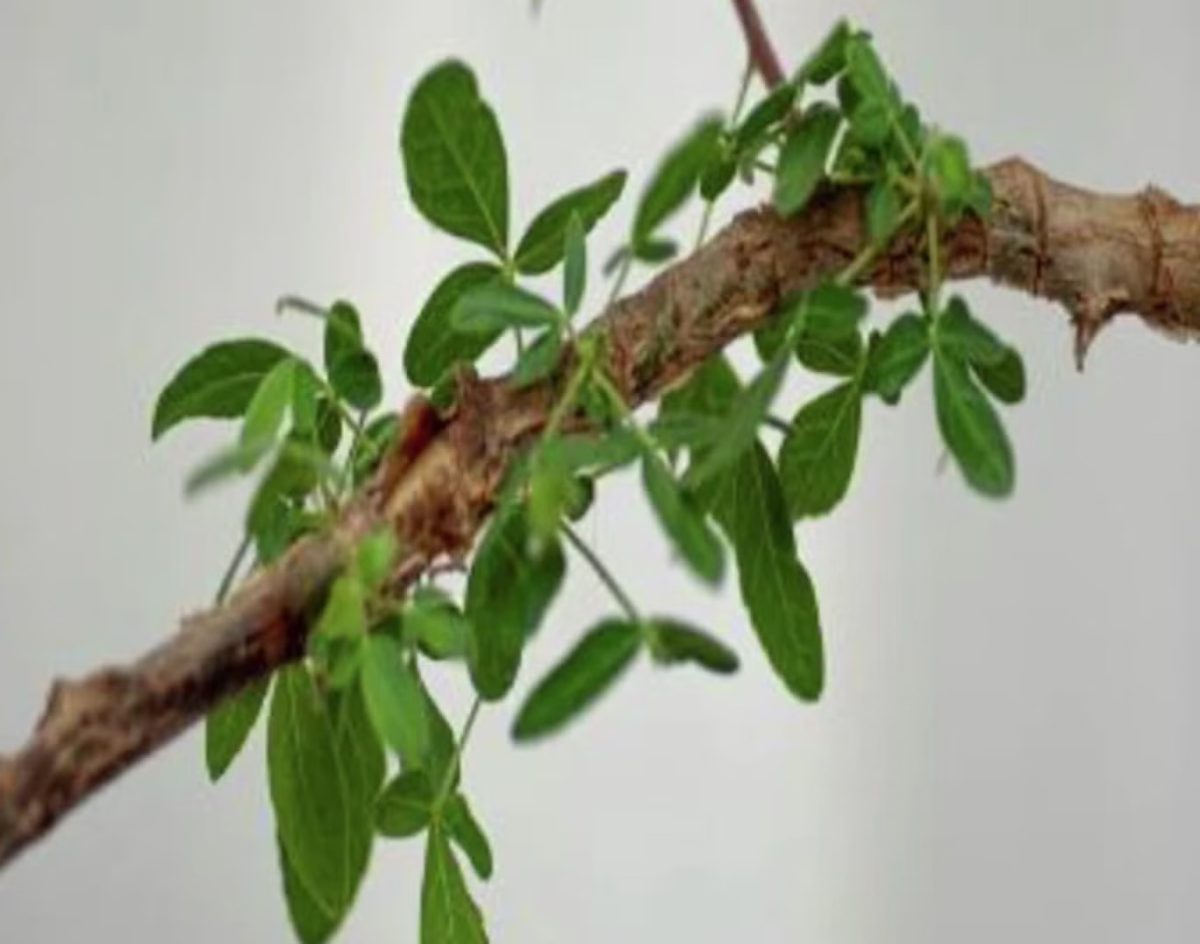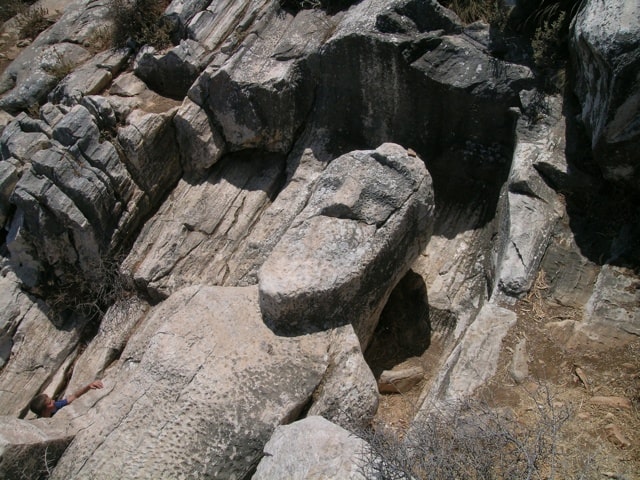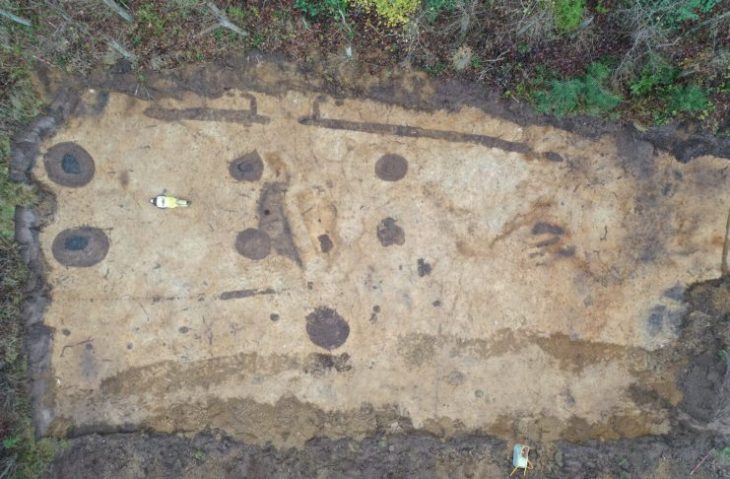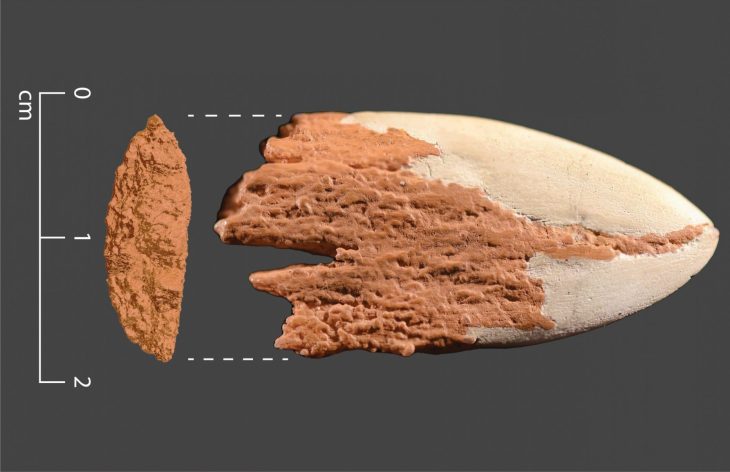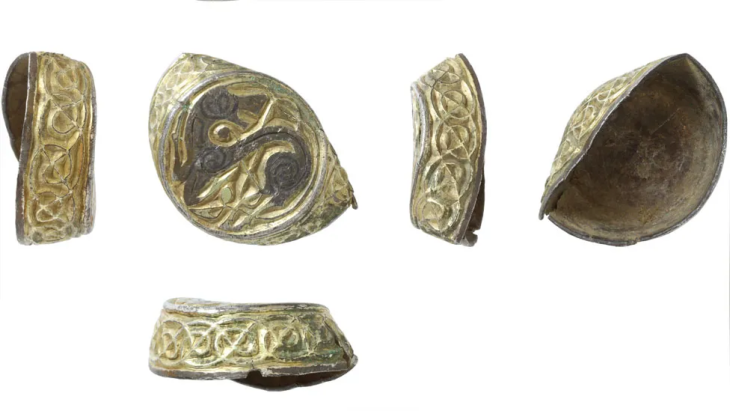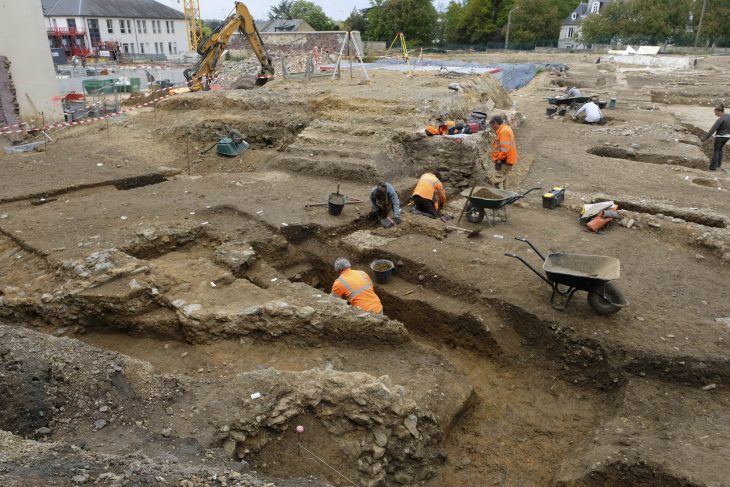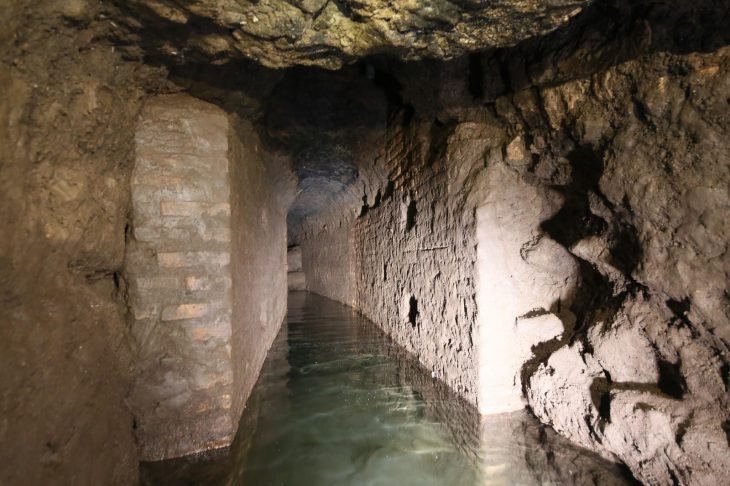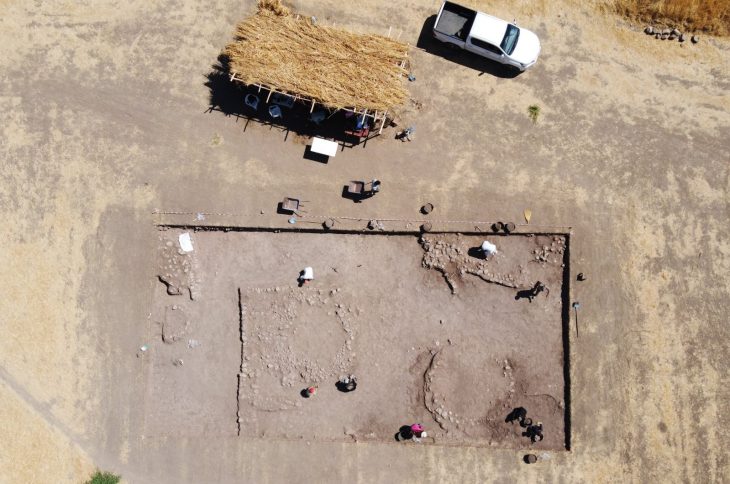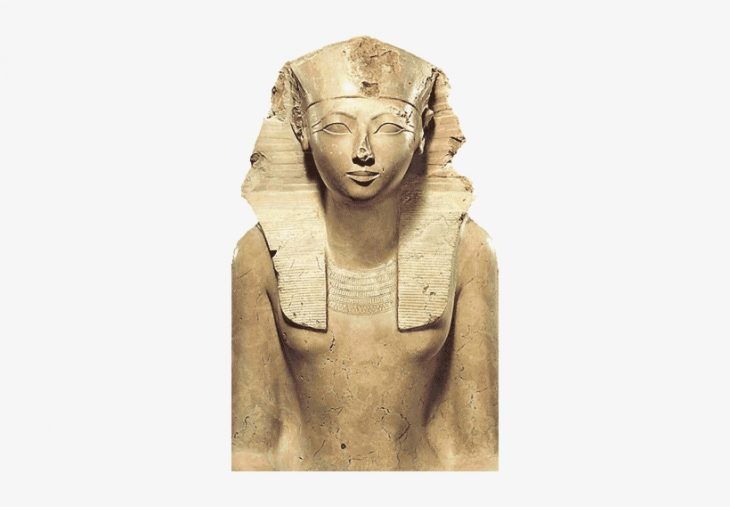An international team of researchers has resurrected a 1000-year-old seed discovered in the 1980s in a cave just north of Jerusalem. Its DNA links it to a genus of trees that, although lost today, was mentioned in the Bible.
The now 10-foot-tall tree, painstakingly brought back to life over 14 years, was named Sheba and identified as belonging to the Commiphora genus, a member of the Frankincense and Myrrh family (Burseraceae).
This family currently contains about 200 species of living plants. These trees are commonly found in Africa, Madagascar, and the Arabian Peninsula. They are prized for their rich gum resins with aromatic properties and for their ethnobotanical applications.
This multidisciplinary project involved scientists from Israel, the US, Switzerland, Australia, Sweden, and France, under the direction of Dr. Sarah Sallon, principal investigator at the Natural Medicine Research Center of the Hadassah Medical Organization in Jerusalem. To solve the riddles surrounding this ancient seed, the team employed a variety of cutting-edge methods, such as phytochemical research, phylogenetic analysis, and DNA sequencing.
Over the last 14 years, Sheba has grown into a tree nearly 3 meters (10 feet) tall, enabling scientists to describe its characteristics for the first time. Since there are currently no native Commiphora species in the southern Levant, even though this seed is not the oldest that scientists have successfully germinated, it is especially noteworthy.
Originally, the researchers hypothesized the “Sheba” tree to be a candidate for the “Judean Balsam” or “Balm of Judea”, which was cultivated exclusively in the desert region of the southern Levant during Biblical times. This tree has been extensively described in the literature from Hellenistic, Roman-Byzantine, and Post-Classical periods between the 4th century BC and the 8th century AD.
Even though Sheba does not seem to be closely related to Commiphora gileadensis, the species that is typically linked to the historical balm, its existence in the area a millennium ago presents intriguing queries regarding the region’s trade, agriculture, and ethnobotanical practices at the time.

The University of Western Australia’s Drs. Gavin R. Flematti and Björn Bohman conducted phytochemical analyses that uncovered an interesting chemical profile. As expected from a Commiphora species, Sheba produces relatively few fragrant compounds. But they also discovered a number of new substances, such as glycolipids that had never been described before, which may have a big impact on future studies on plants and medications.
“Based on the above findings, we refuted our initial hypothesis that ‘Sheba’ is the historical Judean Balsam cultivated in this region during antiquity and considered a second hypothesis to explain the identity of the ancient germinated Commiphora seedling,” the authors write in their study.
Instead, they believe the tree could be an example of a plant from which the Biblical “tsori” was extracted. This was a resin that was associated with healing in Genesis, Jeremiah, and Ezekiel.
Biblical texts refer to the tree’s resin as “tsori,” which was highly valued and exported throughout the Roman Empire in ancient times. Prior studies have indicated that it was utilized for perfume, incense, cataract medication, embalming, and antidote to poisons.
The team also found high levels (30 percent) of squalene, an organic compound used in skin care, in Sheba’s leaves.
The biblical tsori, which was probably made from a native species, was linked to the historical Gilead region, which is located in the Rift Valley between the Dead Sea and Jordan. Gilead was formerly a mountainous and heavily forested area with a fertile lower valley (ghor) that has been farmed for centuries. Gilead now occupies the northwest corner of the Hashemite Kingdom of Jordan, situated on the eastern bank of the Jordan River between the Yarmuk River and the northern end of the Dead Sea.
The identification of Sheba with the biblical tsori and, thus, likely originating from the region is supported by its discovery in a cave in the Rift Valley between the Dead Sea and Jordan, the researchers conclude.
The study was published in the journal Communications Biology.
Doi.org/10.1038/s42003-024-06721-5
Cover Image Credit: Guy Eisner / Sarah Sallon et al.

